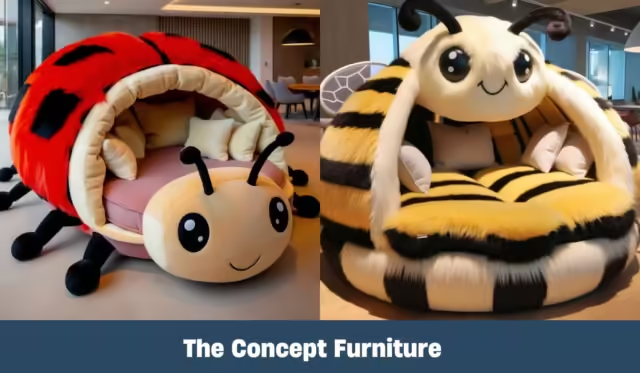In the vast and intricate web of life that exists in our natural environments, insect loungers represent one of nature’s most delightful phenomena. These unique resting spots provide a haven for insects, serving not just as places of repose but also as vital components of ecosystems. As we dive into this comprehensive guide, we will explore the diverse definitions, types, and essential roles that these relaxation zones play in the broader environmental context.
Understanding Insect Loungers
To appreciate the significance of insect loungers, it is essential first to define what they are and how they function within various ecosystems.
Definition and Overview
An insect lounger can be described as any resting area favored by insects, offering shelter, nourishment, or both. These relaxing spaces can be natural formations like leaves, tree bark, or even artificial structures created by humans, such as garden decorations or wooden logs.
Insects seek out these areas to recharge their energy, evade predators, and search for mates. This leads to a myriad of interactions between different species, showcasing the complex relationships that exist in the natural world.
Types of Insect Loungers
The variety of insect loungers available in nature mirrors the diversity of insect life itself.
- Natural Loungers: These include flower petals, damp soil, grasses, and shaded areas beneath trees. Each of these provides unique benefits, from moisture retention to temperature regulation.
- Artificial Loungers: Humans have also contributed to the creation of insect loungers through the introduction of birdhouses, bug hotels, and other ornamental features in gardens. These man-made structures can mimic natural habitats, helping to attract various beneficial insects.
- Seasonal Loungers: The availability of certain lounging spots often changes with the seasons. For instance, during the spring, newly bloomed flowers may serve as primary lounging locations, whereas, in autumn, decaying vegetation becomes more prominent.
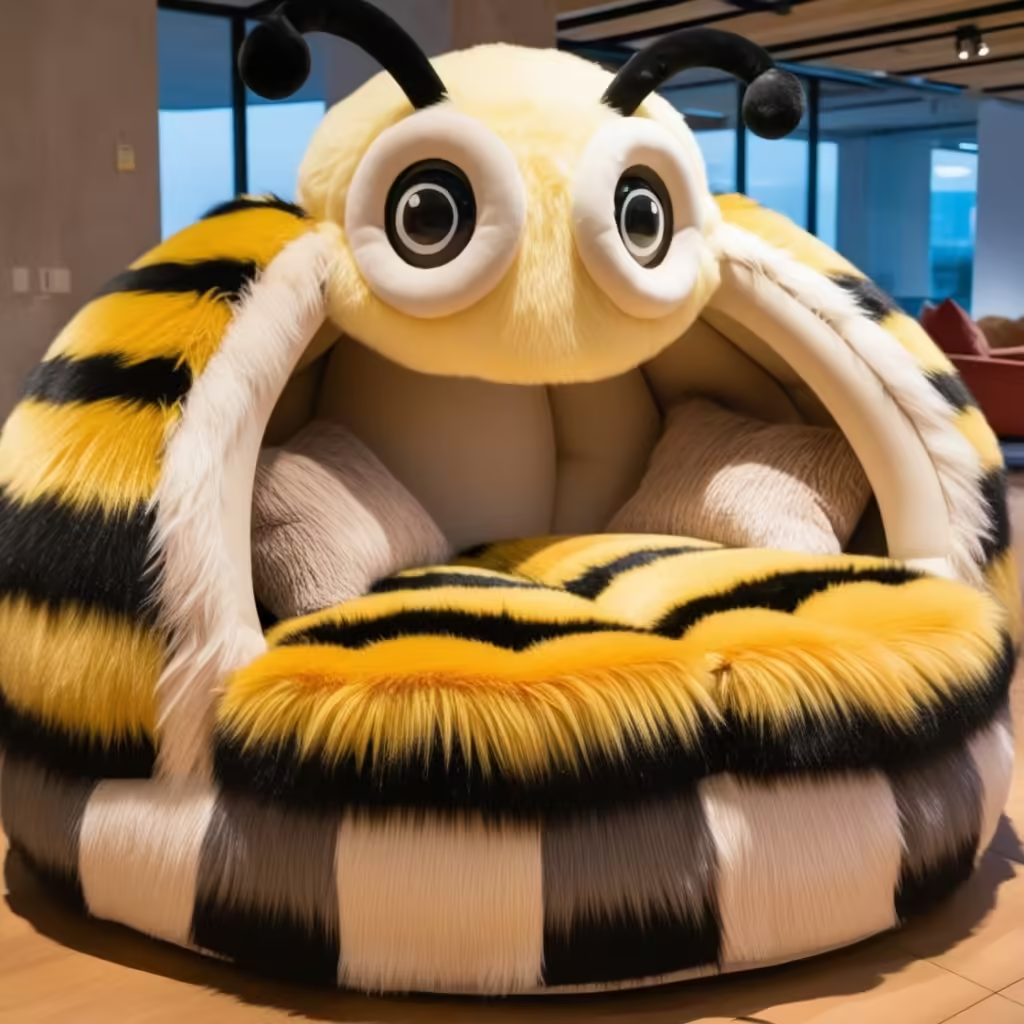
Importance in Ecosystems
Understanding the role of insect loungers in ecosystems is crucial for recognizing their value.
Insects play critical roles as pollinators, decomposers, and prey for higher trophic levels. By providing them with suitable resting areas, insect loungers enhance their ability to perform these ecological functions.
Moreover, these relaxation zones contribute to nutrient cycling, biodiversity, and overall ecosystem resilience. Without insect loungers, many insects would struggle to survive, leading to cascading effects throughout the food web.
The Anatomy of Insect Loungers
Diving deeper into insect loungers reveals fascinating insights regarding their physical features, behaviors, and environmental influences.
Physical Features
The design of an insect lounger can vary significantly, reflecting the needs of the insects it supports.
- Structural Characteristics: Natural loungers like tree branches or stones offer protection from predators while providing essential warmth or shade. The shape and texture of these surfaces can influence which types of insects choose to inhabit them.
- Microhabitats: Loungers are often home to varying microhabitats. For example, a simple leaf can host a group of aphids while simultaneously providing shelter for ladybugs seeking to feast on them.
Behavioral Characteristics
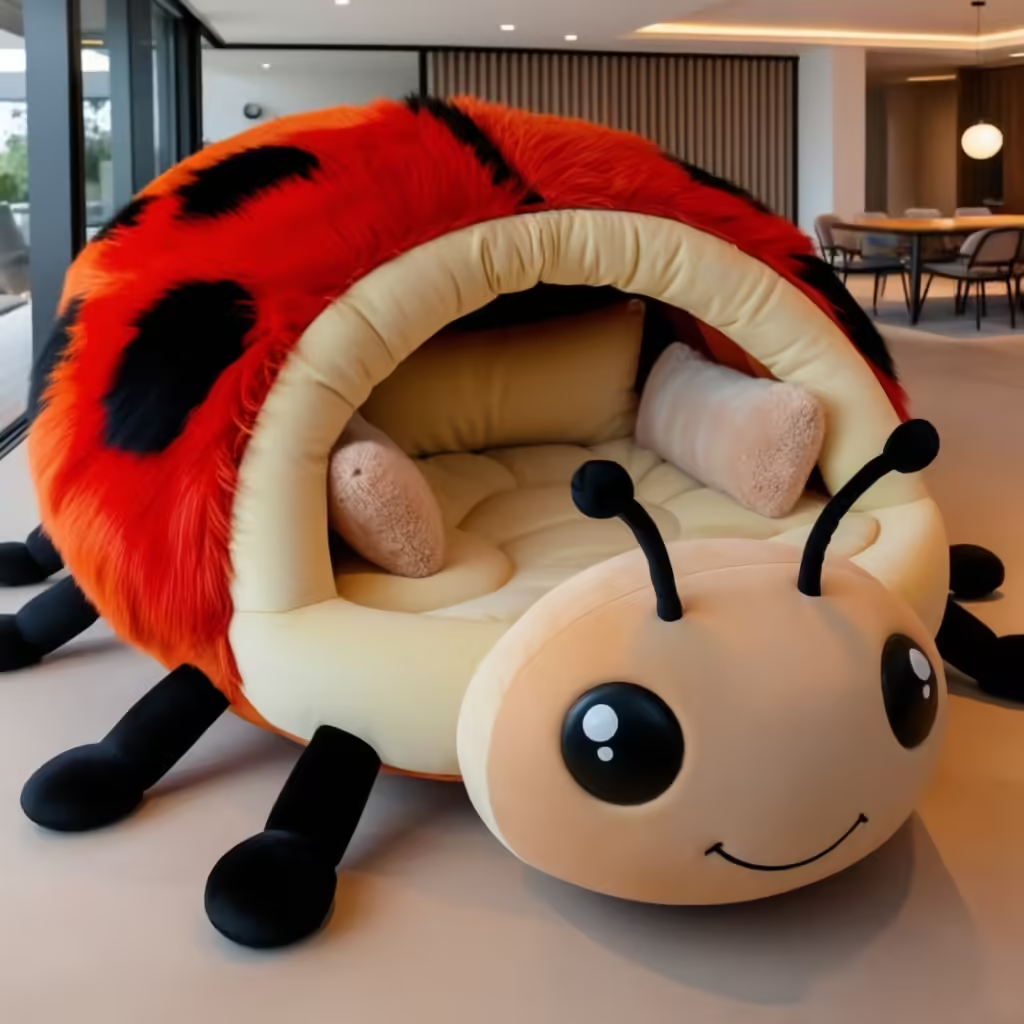
Insects utilize loungers in numerous ways, with their behavior shaped by the characteristics of the loungers themselves.
- Resting and Thermoregulation: Many insects will seek out specific loungers based on the time of day and temperature conditions. They may bask in sunlight during cooler mornings or retreat to shaded areas as temperatures rise.
- Social Interactions: Loungers can also serve as gathering spots where insects engage in social behaviors, such as mating rituals or territorial displays. This aspect highlights the lounger’s role beyond mere relaxation.
Environmental Factors
Several environmental factors impact the presence and quality of insect loungers.
- Climate and Weather: Temperature and humidity levels can dictate an insect’s choice of lounging spot. Extreme weather events, such as heavy rain or droughts, can also displace lounging insects, impacting their populations.
- Vegetation Density: Areas with dense vegetation tend to support a wider array of insects due to the abundant resources and structural diversity found in these environments.
Benefits of Insect Loungers
The advantages provided by insect loungers extend far beyond the insects themselves, offering considerable benefits to entire ecosystems.
Habitat for Various Species
Insect loungers act as essential habitats that facilitate the survival and reproduction of numerous insect species.
- Nesting Sites: Many insects, including solitary bees and butterflies, require specific structures for nesting. Loungers offer the perfect materials and environments for these insects to lay eggs and rear young.
- Refuge from Predators: Insect loungers can provide crucial hiding spots, allowing vulnerable insect species to evade predators. This refuge enhances the survival rates of many species, contributing to biodiversity.
Support for Biodiversity
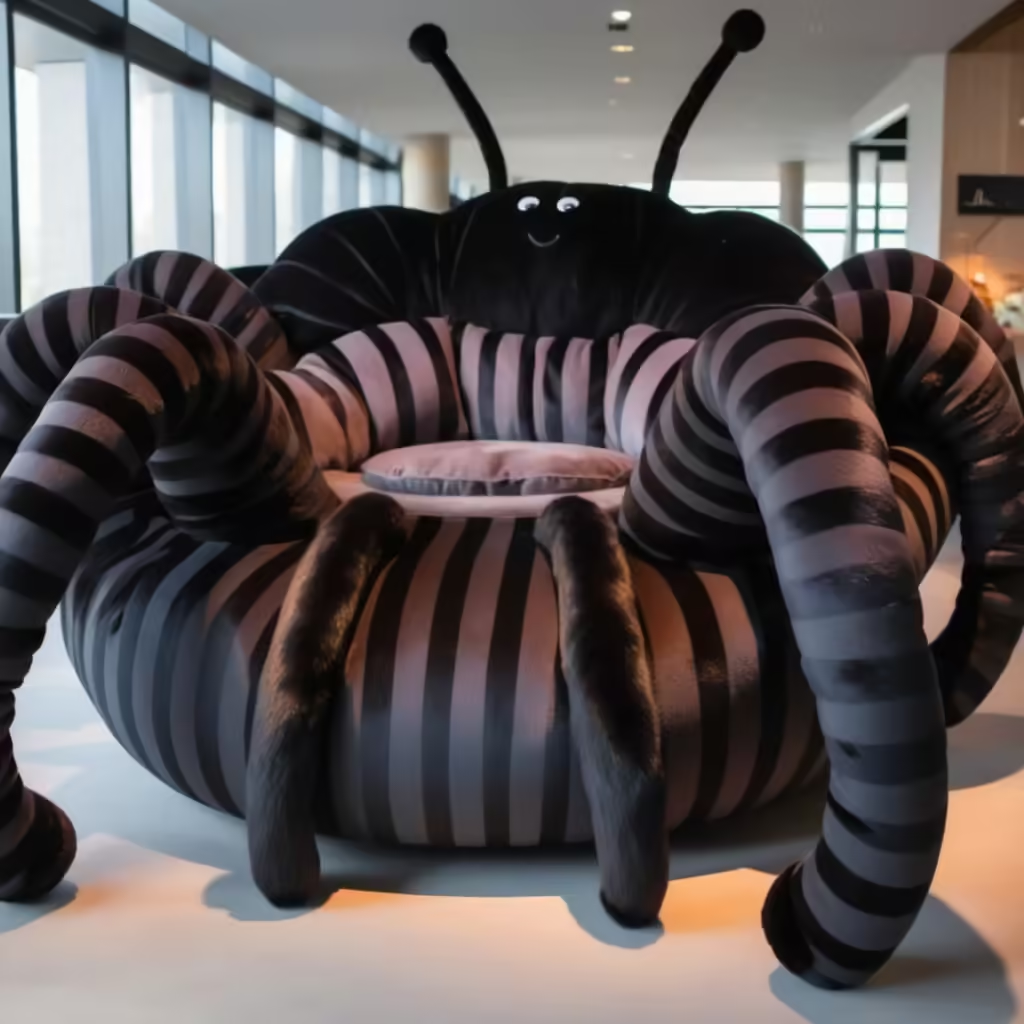
The presence of insect loungers plays a significant role in supporting overall biodiversity.
- Food Web Dynamics: As insects lounge, they become prey for higher trophic levels, such as birds and small mammals. This interaction helps maintain balanced food webs, supporting diverse animal populations.
- Species Interdependence: The relationships between plants and their insect visitors often revolve around insect loungers. Pollination services, often facilitated by insects resting on flowers, contribute to the reproduction of countless plant species.
Natural Pest Control
Insect loungers indirectly promote natural pest control mechanisms.
- Predator-Prey Relationships: Beneficial insects, such as ladybugs and lacewings, frequently utilize loungers. Their presence can regulate pest populations, leading to healthier ecosystems without the need for chemical interventions.
- Balanced Ecosystems: By ensuring that beneficial insect populations thrive, insect loungers aid in maintaining the balance of ecosystems and reducing the likelihood of pest outbreaks.
Creating an Ideal Insect Lounger Environment
Creating a conducive environment for insect loungers requires thoughtful planning and consideration of several factors.
Choosing the Right Location
Selecting the ideal location for your insect loungers is paramount.
- Sunlight Exposure: Insects rely on the sun for warmth, making sunny spots an attractive choice. However, providing a mix of sun and shade will cater to various species with different temperature preferences.
- Proximity to Food Sources: Placing insect loungers near flowering plants or water sources increases their usability. Insects are more likely to linger where they can find food readily available.
Suitable Plant Selection
Choosing the right plants can make a significant difference in attracting insects to your loungers.
- Native Plants: Opting for native flora ensures compatibility with local insect populations. Native plants typically require less maintenance and support a wider range of pollinators.
- Flower Diversity: Incorporating various plant species encourages different insects to visit. Additionally, having blooms throughout the growing season will ensure continuous food sources for visiting insects.
Maintenance Tips
Maintaining your insect lounging environment is essential for its long-term success.
- Regular Monitoring: Keep an eye on the health of your plants and the number of insects utilizing loungers. This information can help you adjust your gardening practices accordingly.
- Minimal Interference: Allowing natural processes to unfold is crucial. Avoiding excessive pruning or chemical treatments will create a more inviting atmosphere for lounging insects.
Insect Loungers and Their Role in Pollination
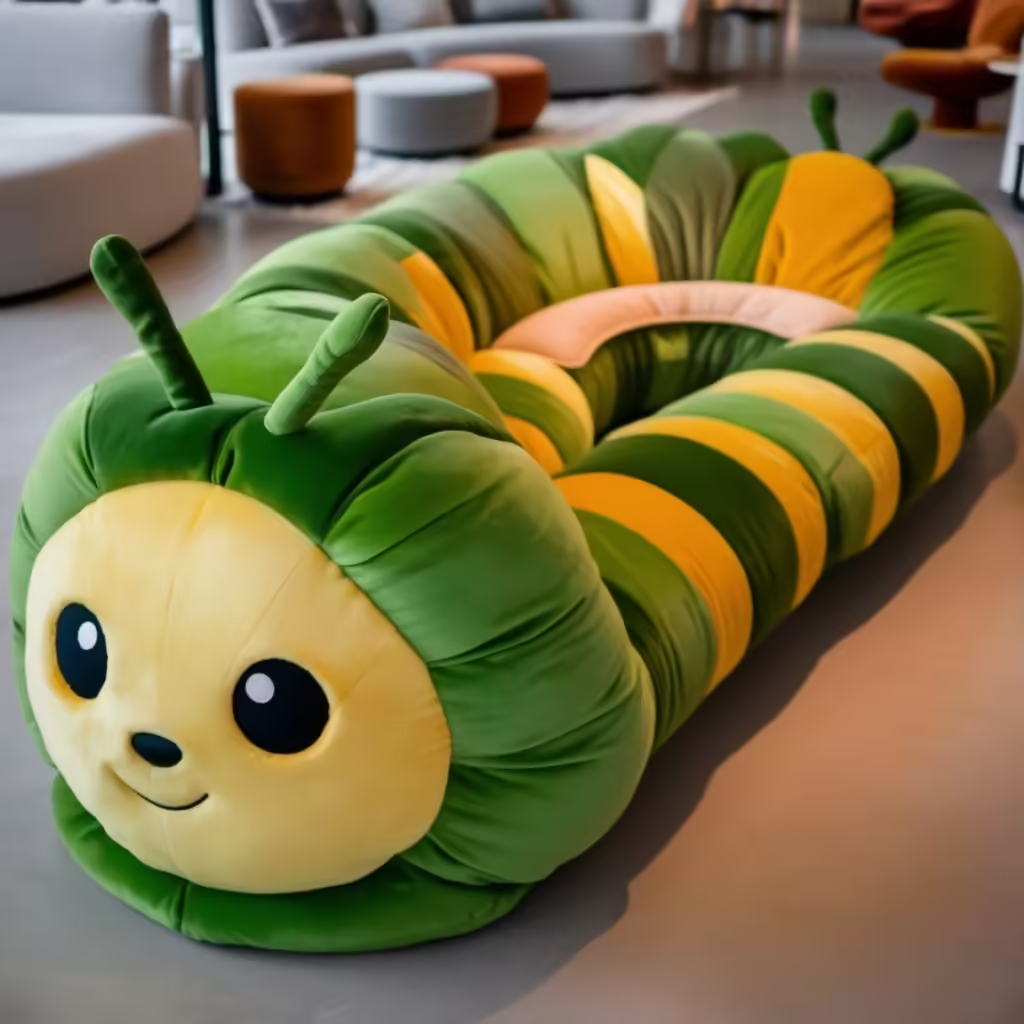
Insect loungers play an integral role in the delicate process of pollination, which is vital for the production of fruits, seeds, and vegetables.
Attracting Pollinators
By creating optimal lounging conditions, gardeners can attract significant numbers of pollinators.
- Diverse Planting: Including a wide range of flowering plants in your garden will draw various pollinators, such as bees, butterflies, and hummingbirds. These creatures are more likely to visit areas where they feel safe and comfortable lounging.
- Safe Havens: Providing resting spots allows pollinators to recover from their foraging efforts. These spaces enable them to recharge before continuing their vital work in pollinating flowers.
Supporting Local Flora
Pollinator activity has a profound impact on local flora.
- Cross-Pollination: By facilitating visits from multiple pollinators, insect loungers encourage cross-pollination, leading to increased genetic diversity among plant species.
- Healthier Ecosystems: The presence of pollinators strengthens plant communities, resulting in healthier habitats that can better withstand environmental pressures.
Enhancing Garden Productivity
Utilizing insect loungers effectively can directly translate to improved productivity in your garden.
- Increased Yields: Gardens that incorporate insect loungers tend to yield more fruits and vegetables due to enhanced pollination services.
- Reduced Reliance on Chemicals: By supporting natural pest control through insect loungers, gardeners can decrease their dependence on chemical pesticides. This creates a more sustainable gardening practice that benefits both humans and the environment.
Common Misconceptions About Insect Loungers
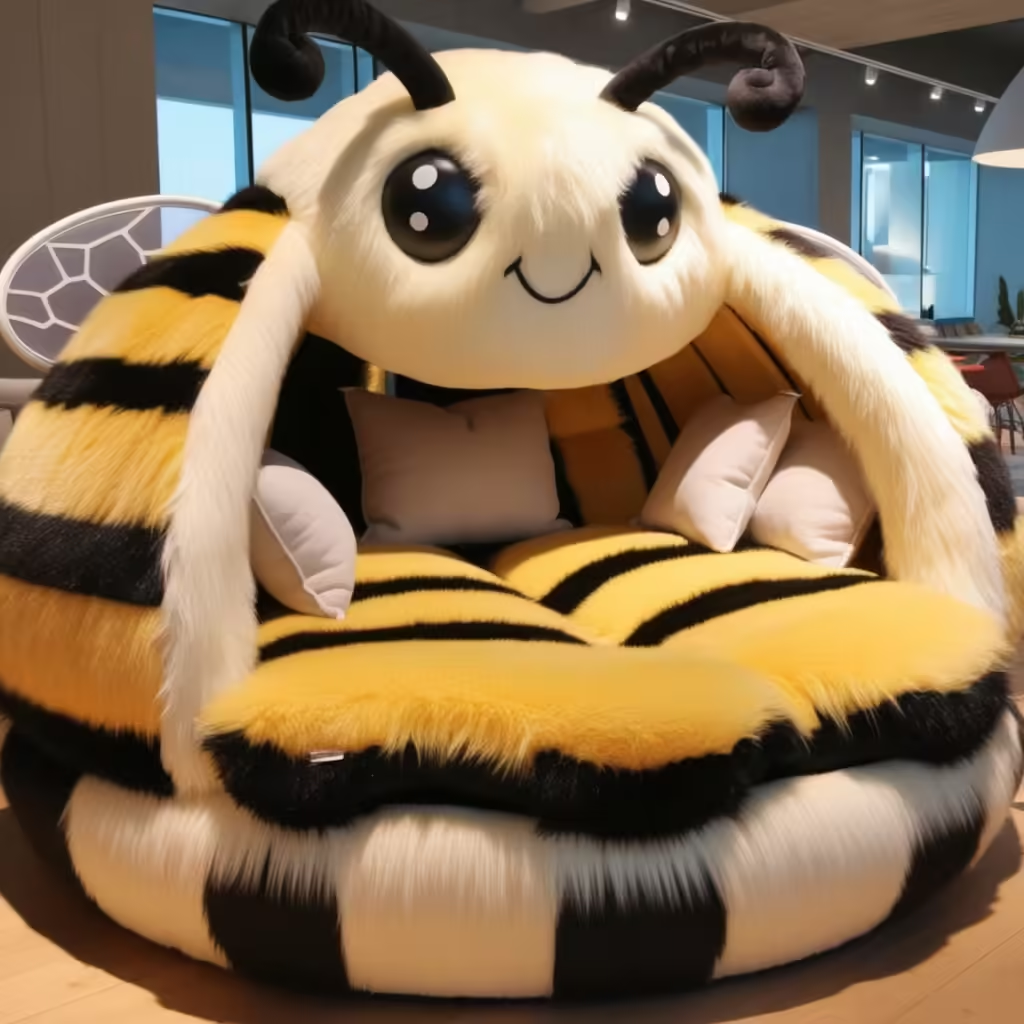
Despite their importance, many misconceptions about insect loungers persist in societal narratives.
Myth vs. Reality
Understanding the truth behind common myths can clarify the significance of insect loungers.
- Myth: All insects are pests.
- Reality: While some insects can cause harm, many play crucial ecological roles. Insect loungers provide environments for beneficial insects that support plant growth and pollination.
- Myth: Insect loungers only attract harmful insects.
- Reality: Loungers can attract a variety of insect species, including those that naturally control pests. Educating oneself about the types of insects drawn to loungers can help dispel this myth.
Clarifying Misunderstood Behaviors
Insect behavior is often misunderstood, leading to negative perceptions.
- Aggression and Fear: Many people fear insects due to perceived aggressiveness. However, most insects prefer to avoid conflict and seek safety in loungers when threatened.
- Observation and Appreciation: Taking the time to observe insect behavior can foster an appreciation for their roles in ecosystems. Recognizing that loungers provide comfort and security can shift perspectives toward more positive views of insects.
Notes
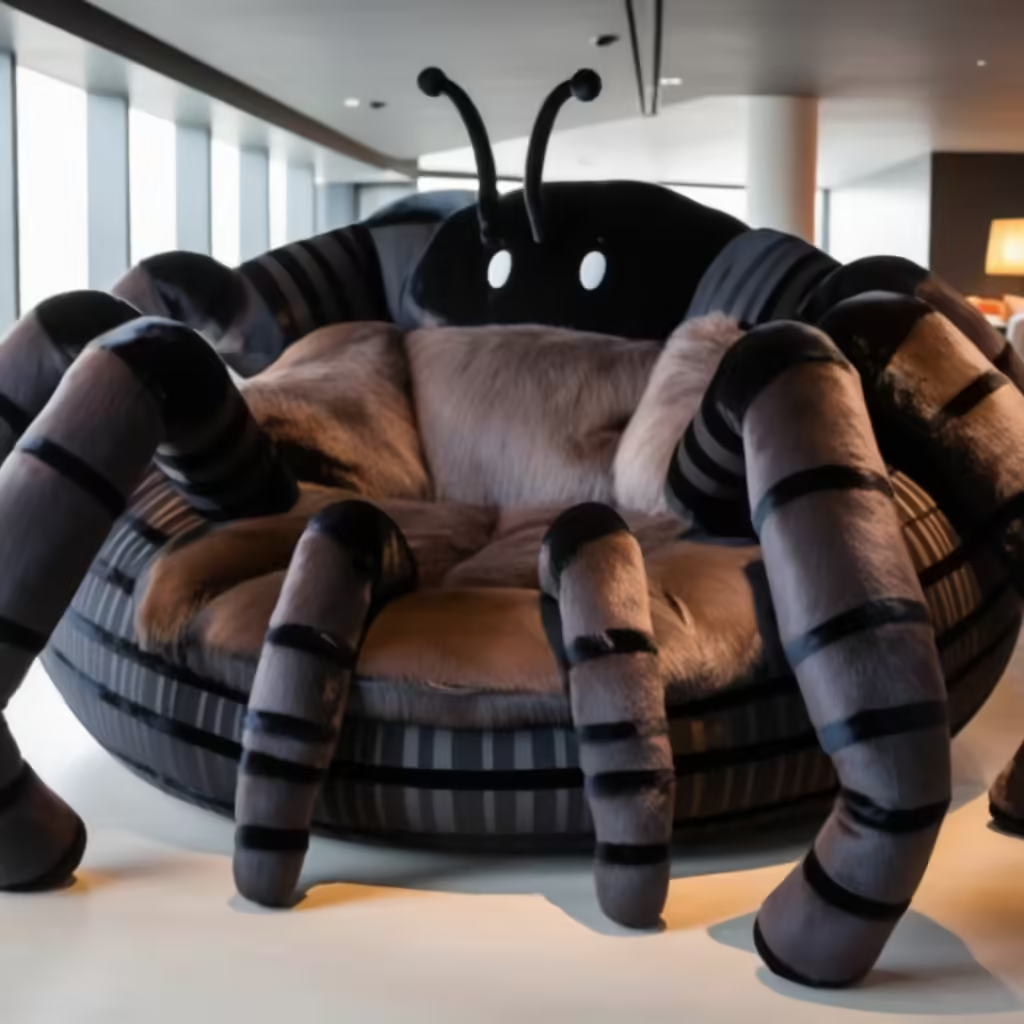
Gaining insight into expert observations and successful case studies can enrich our understanding of insect loungers.
Observations from Experts
Many entomologists and ecologists emphasize the necessity of insect loungers for sustaining healthy ecosystems.
- Field Studies: Research has shown that habitats featuring a variety of lounging options tend to support higher insect diversity. This observation highlights the need for careful habitat management in agricultural and urban settings.
- Educational Initiatives: Experts advocate for educational programs that teach the importance of insect loungers, encouraging individuals to create supportive environments in their backyards or community gardens.
Case Studies on Successful Insect Lounger Habitats
Real-world examples of successful insect loungers underscore their effectiveness.
- Community Gardens: Many urban community gardens have integrated insect loungers, resulting in increased pollinator activity and crop yields. These initiatives serve as inspiring models for others looking to enhance their green spaces.
- Restoration Projects: Ecological restoration projects often focus on establishing insect loungers as part of their strategies, showcasing their critical role in promoting biodiversity and rebuilding ecosystems.
Mistakes to Avoid
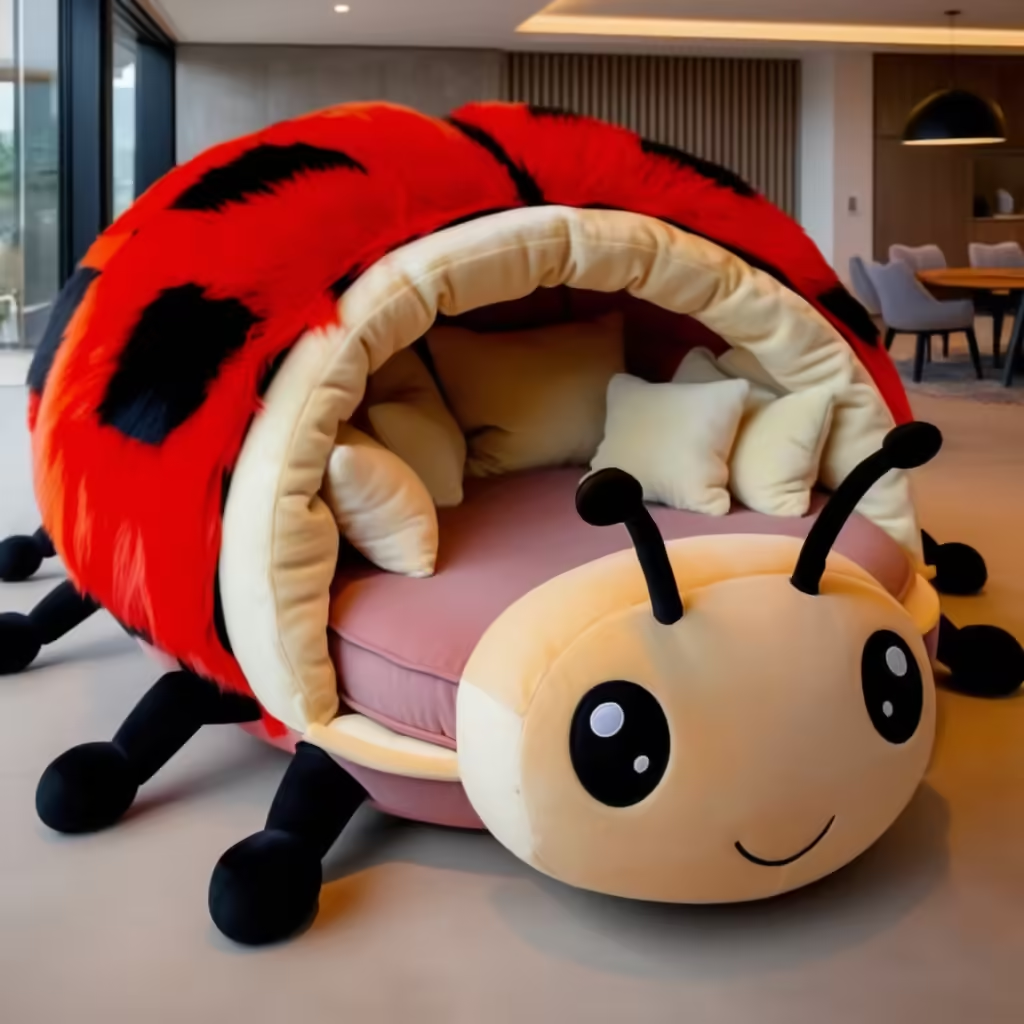
While creating environments for insect loungers can be rewarding, certain mistakes can hinder progress.
Overlooking Native Plants
One of the most common pitfalls is neglecting to incorporate native plants.
- Compatibility Issues: Non-native plants may not provide the same benefits as native species, potentially decreasing the attractiveness of loungers for local insects.
- Ecosystem Imbalance: Over-reliance on non-native flora can disrupt existing ecosystems, leading to declines in local insect populations.
Neglecting Seasonal Changes
Adapting your approach to seasonal variations is key to maintaining effective insect loungers.
- Planting Timelines: Failing to consider when various plants bloom may reduce the likelihood of attracting specific insects at critical times in their life cycles.
- Winter Preparations: Providing winter lounging spots, such as brush piles or sheltered spaces, can support insects through cold months, fostering resilient populations for the following spring.
Using Harmful Chemicals
The use of harmful chemicals in gardening can deter beneficial insects from using loungers.
- Pesticide Impact: Many commonly used pesticides are indiscriminate, harming both pests and beneficial insects alike.
- Chemical Residue: Chemical residues can linger in the environment, further deterring insects from visiting loungers. Adopting organic or natural pest control methods can mitigate this issue.
Frequently Asked Questions
As interest in insect loungers grows, several questions are commonly asked by enthusiasts and newcomers alike.
What types of insects use loungers?
A plethora of insect species utilizes loungers, ranging from pollinators like bees and butterflies to predatory insects such as ladybugs and lacewings. Additionally, various beetles, ants, and aphids may call loungers home. The diversity of loungers attracts an equally diverse array of insects, each playing a unique role in ecosystem dynamics.
How can I encourage more insects to my garden?
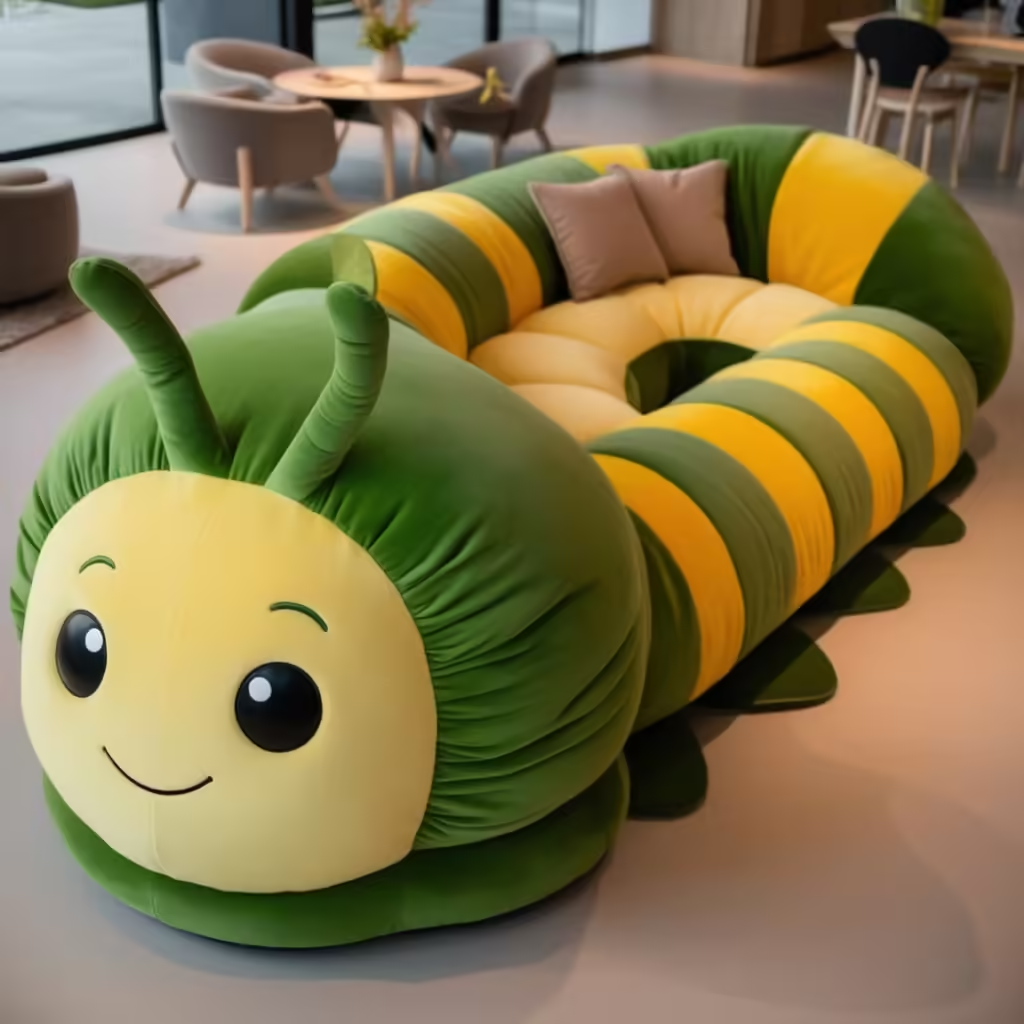
To attract more insects to your garden, consider incorporating native plants, creating diverse microhabitats, and providing resting spots such as rocks or logs. Reducing chemical usage and adopting organic practices will also create a healthier environment for lounging insects. Regularly observe the insects visiting your garden, and adjust your strategies as needed to enhance their experience.
Are insect loungers harmful to pets?
Generally, insect loungers themselves are not harmful to pets. However, it is important to monitor your pets’ interactions with insects. Certain insects may bite or sting if provoked, so educating your pets about respecting the space of lounging insects can foster coexistence in shared environments.
Conclusion
In summary, insect loungers serve as vital components of our ecosystems, providing essential resting spots for a multitude of insect species critical for pollination, pest control, and supporting biodiversity. By understanding their importance and taking steps to create and maintain ideal lounging environments, we can enhance our gardens and landscapes while contributing to the health of our ecosystems. Embracing the beauty and complexity of insect loungers invites us to appreciate the interconnectedness of all life forms, allowing us to cultivate environments that support thriving ecosystems. So, let’s celebrate these marvelous relaxation zones and work together to create spaces where our tiny companions can flourish.


